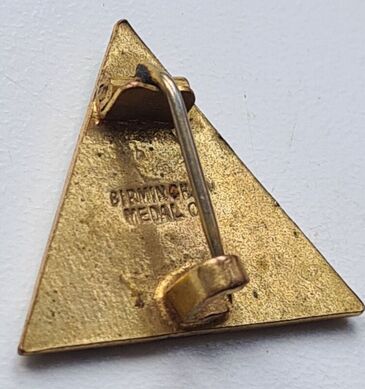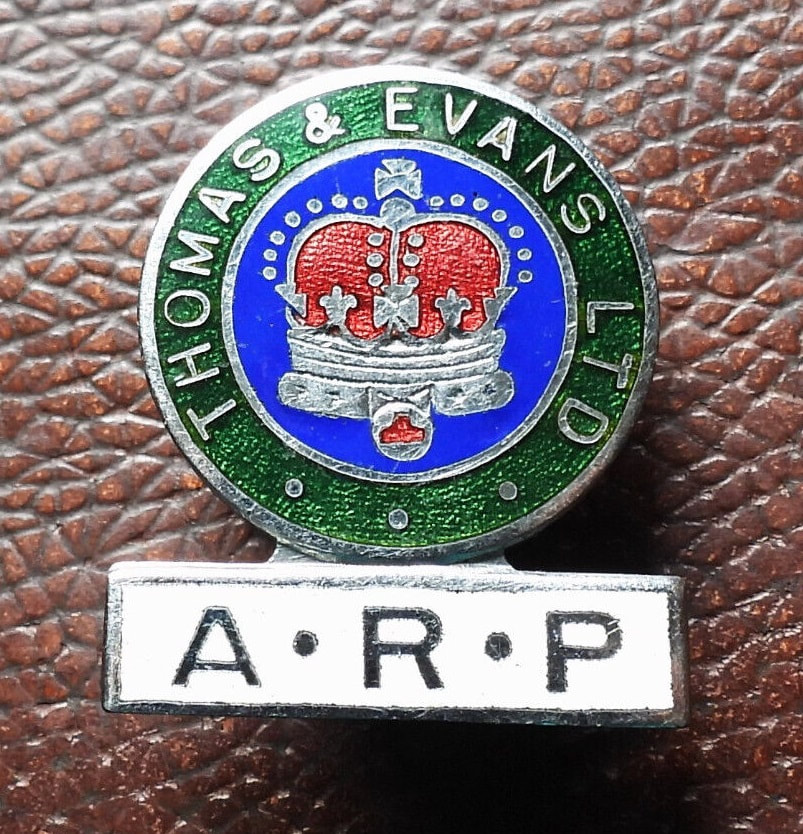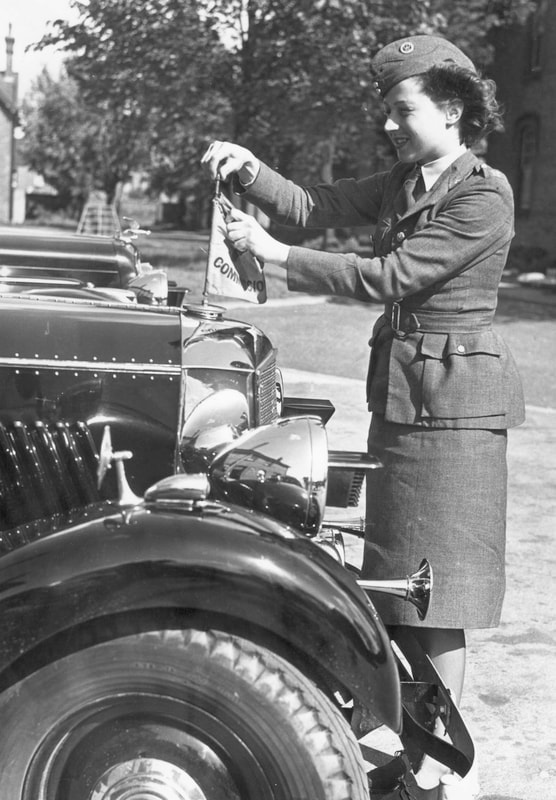|
An interesting green enamel lapel badge for the Clay Cross Company based near Chesterfield. The business was founded by railway pioneer George Stephenson in 1837 and ran coal mines, ironworks, brickworks and pipe factories at Clay Cross, Derbyshire. Further details of the firm can be found on Wikipedia.
The badge is made by the Birmingham Medal Company and the meaning of the additional letter 'J' is not currently known (at the time of writing no other badges with any other letters are known to exist). If you know more about the use of that letter, drop me a line.
0 Comments
I've previously blogged about the Lord Mayor of London's Air Raid Distress Fund (which details two more commonly found charity pins) but had not come across this charity lapel badge before. Appears to be a simple circle of paper (perhaps with a gummed rear).
Those of a certain age and location may well recall Corona fizzy pop; their bottles had a return deposit of a few pennies. The Corona brand of soft drinks was manufactured by South Wales-based company Thomas & Evans Ltd.
Below is an ARP badge issued by the company; the crown and orb was used on the company's advertising at the time. I recently added a South Eastern Region CD XII cap badge to my collection. Region 12 was headquartered in Tunbridge Wells and covered Kent as well as East and West Sussex. The original pin has been replaced but it's a somewhat scarce badge. I have previously blogged about this particular badge.
Members of the Civil Defence General Services that had been trained by the St. John Ambulance Association in first aid could wear an embroidered badge on their battledress blouse or tunic. These badges had "St. John Ambulance Association" around the circumference with the Royal Order of St. John's Amalfi Cross at the centre (the lions and unicorns had been granted by royal patronage).
Founded in 1877, the St. John Ambulance Association was created to provide first aid training. The St. John Ambulance Brigade was founded in 1887 to provide uniformed medics at public events. The two were merged in 1968. The below yellow St. John Ambulance Brigade celluloid pin badge has ARP in the centre. I've not come across any documentation specifically about this badge but I presume it was an early war badge for wear on civilian clothes by members of the brigade who were also volunteering within the ARP services. Examples are quite scarce and prices can be high for the badge (£30+). |
Please support this website's running costs and keep it advert free
Categories
All
Archives
March 2024
|
|
|
Copyright Craig Smith © 2018–2024
|








 RSS Feed
RSS Feed